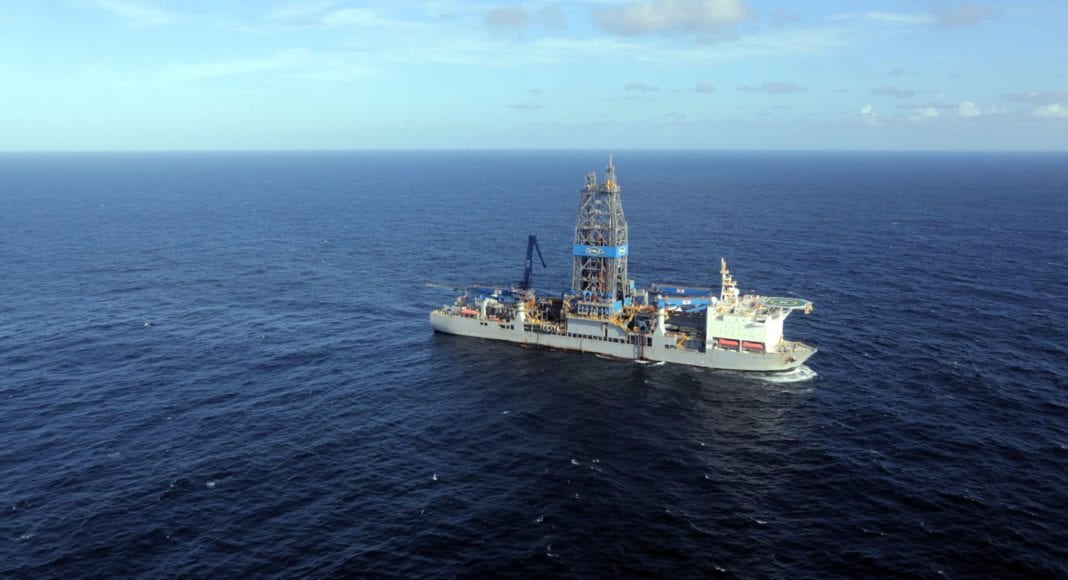The jury is out on what future oil demand will look like, when the world will hit peak oil and what long-term impacts the coronavirus and the energy transition are likely to have on demand. With Guyana sitting on more than 8 billion barrels of oil equivalent resources and production at its first field just recently started, the pace at which the country develops these assets will ultimately determine how much revenue it stands to gain.
Some analysts see global oil demand now peaking later this decade, while others believe it may never return to the giddy heights of 100 million b/d, according to a recent S&P Global report.
Platts Analytics sees oil demand down at 94.2 million b/d in 2020 before potentially reaching a high of over 100 million b/d in 2021, should the world make a fast and sustained recovery. Peak oil, it said, will also be impacted by assumptions around the long-term price of oil and its alternatives. Petrochemicals growth, and namely plastics, for example, will largely be affected by recycling economics. Then there is the replacement of traditional oil-powered road transport by electric vehicles.
On the other hand, Fatih Birol, Executive Director of the International Energy Agency (IEA) says if oil demand goes back to 100 million b/d he would not be surprised. He even thinks it can go higher, under a strong recovery.
“Some say demand for oil is falling because we are changing our lifestyles, I’m not so sure,” Birol said. “Teleworking alone is not going to send oil demand lower. We will need the right policies.”
The increasingly volatile nature of the oil market and the devastating impact which unforeseen events such as COVID-19 can have, provide a strong basis for moving discoveries to the development stage in the shortest time possible.
“People have borne in mind the timeliness needed to develop these resources so they always question what will be the value of these resources if oil is still in the ground in fifteen years from now. So, bringing the oil revenues in earlier and then using it to diversify the economy and also to provide the country with cheaper energy – I think these are two of the key goals,” Luiz Hayum, Senior Analyst at Wood Mackenzie’s Latin America Upstream Research team, has said.
ExxonMobil, operator at the Stabroek block offshore Guyana, delivered first oil from Liza Phase 1 in December 2019 and development of Liza Phase 2 is ongoing, with start-up expected in mid-2022. A third project at Payara-Pacora awaits governmental approvals and the operator is also looking to move ahead with a fourth at Hammerhead. It is expected that by 2026, a total of five developments will be producing upwards of 750,000 barrels of oil per day with some analyst projecting output will surpass the one million barrels per day mark soon after.
Platts Analytics currently sees global oil demand about 3 million b/d lower than its pre-COVID forecasts out to 2040, with jet fuel and marine fuels suffering the biggest losses. Rather than accelerating peak oil demand, however, Platts Analytics believes it could be extended by about a year to 2041 due mostly to the expected resilience of long-term petrochemicals demand.




